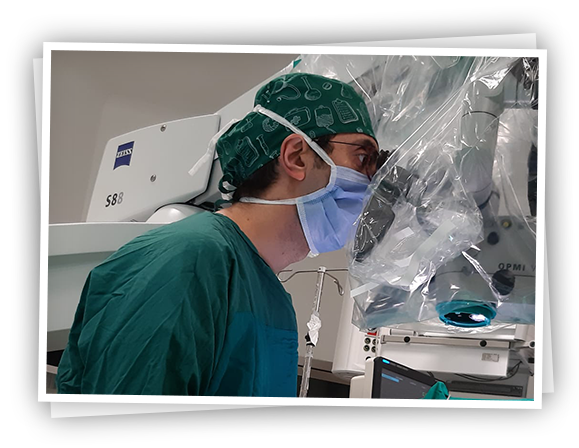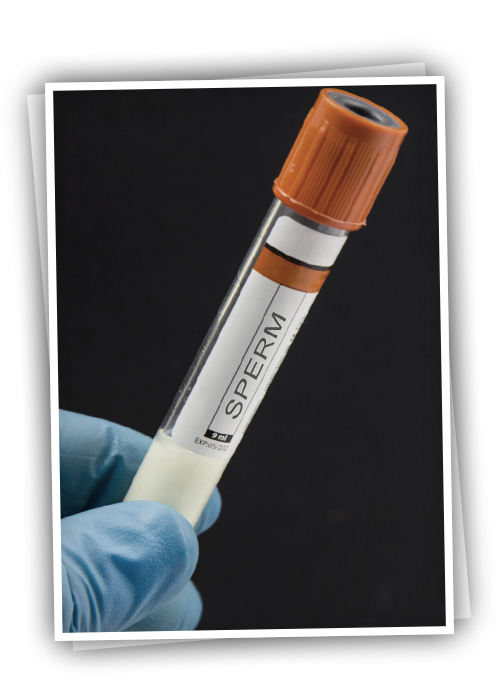Micro-TESE
It is the process of looking for mature motile sperm by opening the ovary under anesthesia and taking samples from the canals using a microscope directly from the testis.
While the TESE process was first performed by taking more samples from the testicular tissue before the microscope was used, today less tissue from the correct foci is used by using the microscope and the process is called micro-TESE.
The success of the Micro-TESE procedure is higher than the TESE without the use of a microscope.








